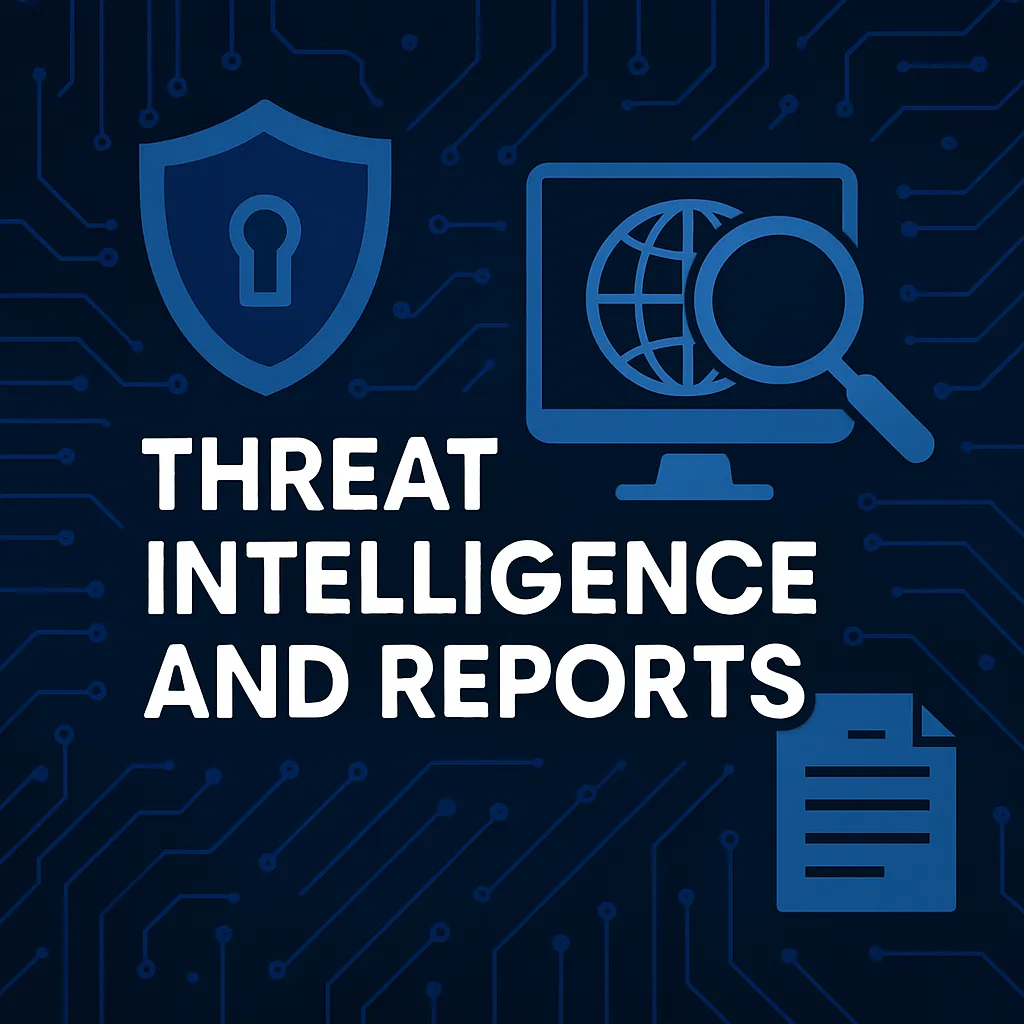Cyber Threat Intelligence: Navigating Beyond the Buzzwords
In the realm of cybersecurity, the use of Cyber Threat Intelligence (CTI) has become a focal point for organizations aiming to fortify their defenses against increasingly sophisticated cyberattacks. However, as outlined in an article available on this link, CTI is far from a simple solution. Delving into CTI demands more than just acquiring threat intelligence feeds; it necessitates a robust organizational structure and a strategic approach.
Understanding CTI
Cyber Threat Intelligence is an advanced process involving the collection, analysis, and dissemination of information about potential or current attacks that threaten the safety of an organization and its assets. This process helps in predicting the adversaries' movements, their tactics, techniques, and procedures (TTP), and ultimately, in formulating protective measures.
The Reality of Implementing CTI
Embarking on the CTI journey isn't merely about subscribing to a service. It encompasses building a team with specialized skills, developing technical capabilities, and instilling a culture of security awareness within the organization. Many organizations underestimate the depth of effort involved, as highlighted in the cited article. Effective utilization of CTI involves integration with the existing security infrastructure and ongoing adaptation to evolving cyber threats.
Strategic Integration of CTI
To reap the maximum benefits, organizations must integrate CTI deep into their cybersecurity strategies. This integration involves not just technical adjustments but also operational recalibrations. Organizations should employ analysts who can interpret raw data into actionable intelligence and ensure that these insights reach the right stakeholders promptly.
Challenges and Considerations
While the payoff can be significant, the challenges in implementing CTI are not trivial. Apart from the substantial initial investment in tools and talent, there is an ongoing need for training and development to keep pace with the dynamic landscape of cyber threats. Organizations need to commit to continuous learning and improvement of their CTI capabilities to stay ahead of potential threats.
Conclusion
The journey to effectively leveraging Cyber Threat Intelligence is complex and demanding. It requires a comprehensive commitment to not only financial investment but strategic and organizational recalibration. For those prepared to make this commitment, the benefits of advanced foresight in cybersecurity can be substantial, enabling proactive defense mechanisms and a stronger security posture.
